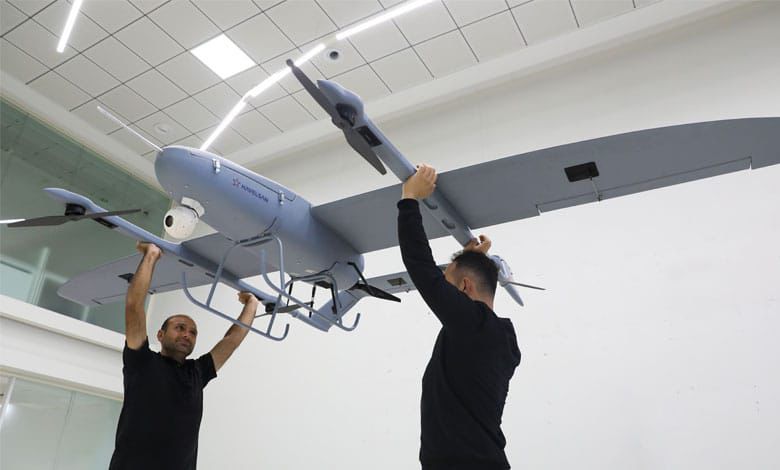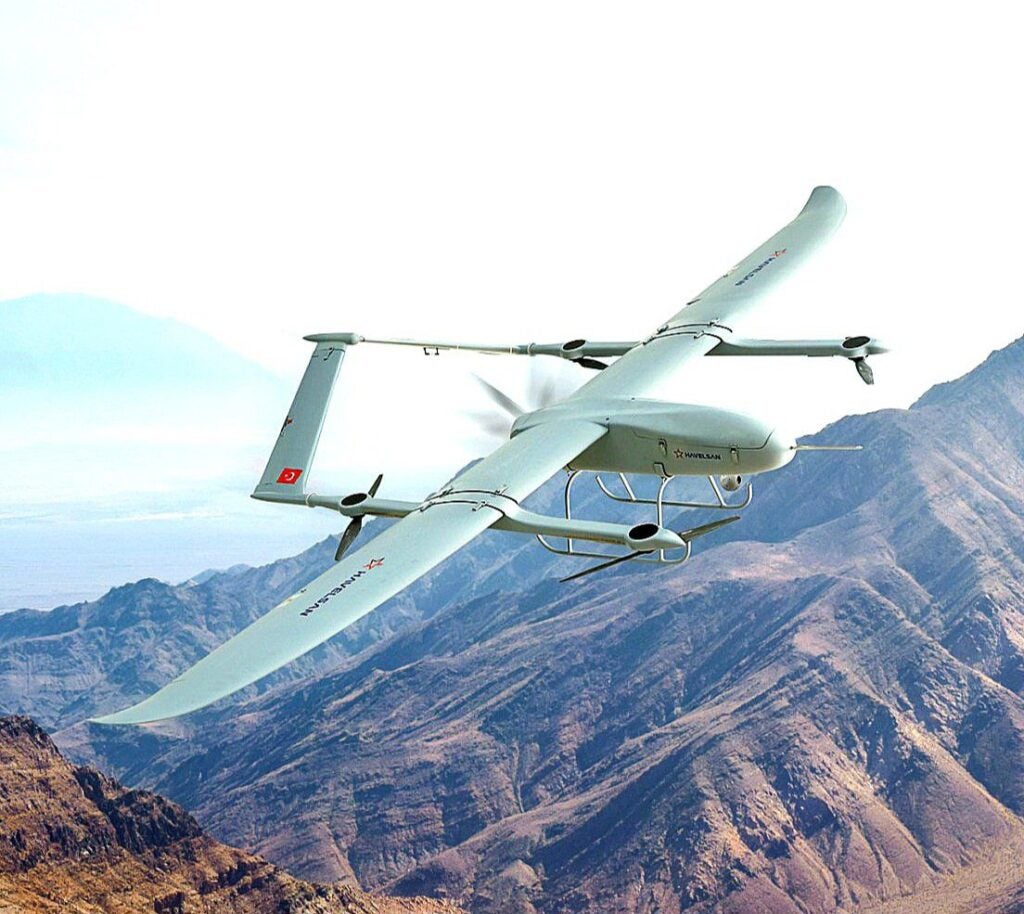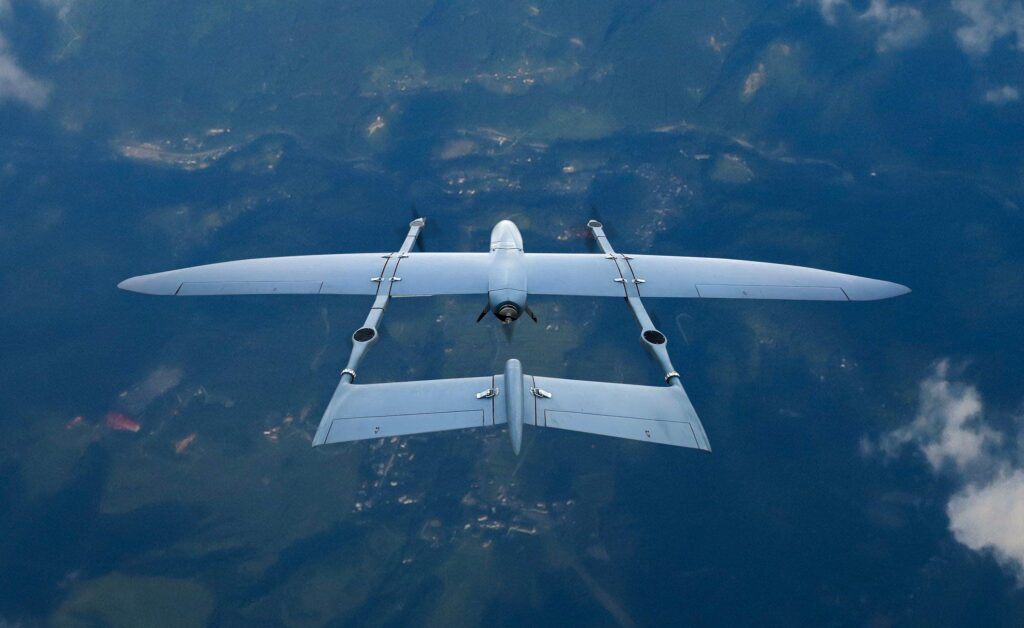Turkish Land Forces Command Receives An Unknown Number of BAHA Unmanned Aerial Vehicles
The Turkish Ministry of Defense announced that the Land Forces Command received BAHA Unmanned Aerial Vehicles in various configurations during the Weekly Press Information Meeting, which is held on a regular basis to discuss current issues, especially the activities of the Turkish Armed Forces. At the meeting chaired by Press and Public Relations Advisor Rear Admiral Zeki Aktürk, it was also announced that the inspection and acceptance of the modernized M-60T tanks had been completed.
Developed within the scope of the “Digital Unit Concept” project of HAVELSAN, BAHA stands out as a low-altitude, small and cost-effective unmanned aerial vehicle. The system, which was successfully exported to an unnamed African and Central Asian country before being put into service with the Turkish Armed Forces, is mainly used in tasks such as intelligence, surveillance and reconnaissance (ISR), electronic warfare, forest fire management, post-disaster assessment and mapping.

According to HAVELSAN, BAHA is a Low-altitude Autonomous Aircraft that meets the needs of modern armies with its vertical landing and take-off capability, fully autonomous mission capability, and modular architecture that allows the integration of various payloads. During horizontal travel, the system is powered by a gasoline engine, but during vertical take-off and landing, it is supported by electric motors. The system, which can perform missions at altitudes of up to 15,000 feet, has a range of up to 80 kilometers and can stay in the air for up to 6 hours with a gasoline engine (up to 2 hours with an electric motor). BAHA can also carry a useful load of up to 5kg. The 3.7-meter-wide wingspan system is designed to be easily deployed by two people and operated by one person, and it can reportedly be readied in minutes.

HAVELSAN also intends to enable the BAHA unmanned aerial vehicle to operate in autonomous teams (swarms) under the “Digital Unit Concept” with joint mission intelligence, as well as cooperate with other unmanned aerial, ground, and naval vehicles developed by the company. The capabilities of autonomous UAVs and UGVs, which can operate in swarms and teams, communicate with one another, and perform joint activities, have begun to be tested in the field. In the near future, unmanned surface vehicles will also participate in these trials.

